Cars for Paul Smith, Peter Sellers and Jimmy Carter
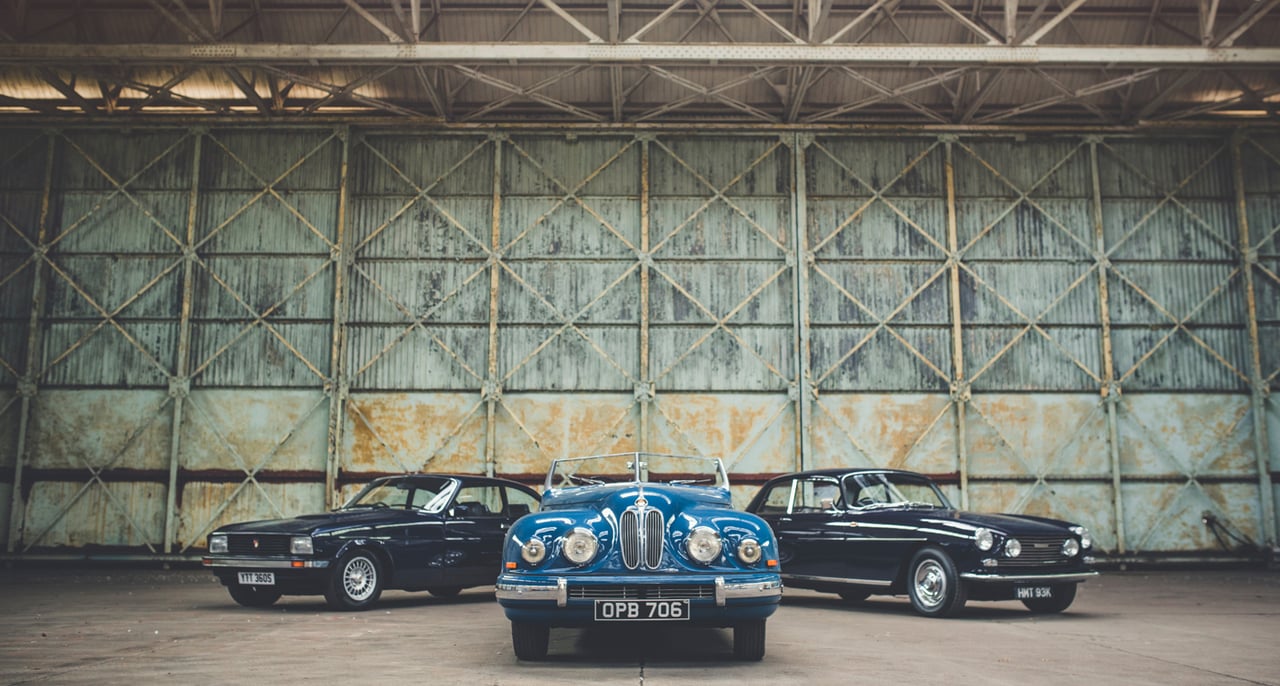
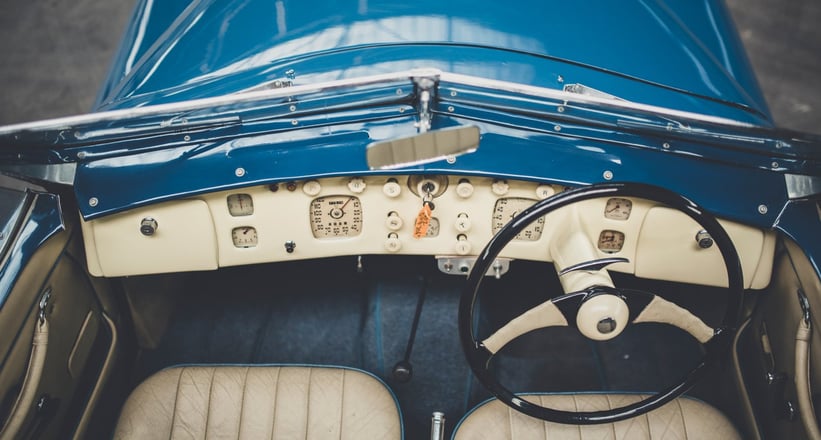
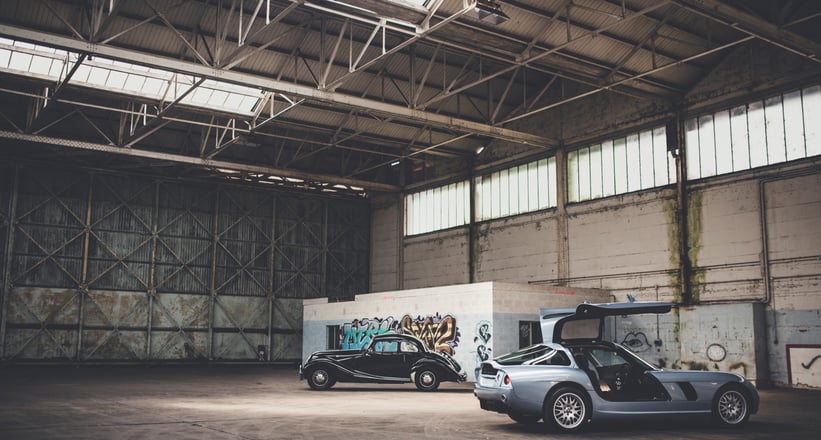
Bristol Cars came to be as the result of a brief takeover of British car manufacturer Frazer-Nash immediately after WWII, and was operated alongside the commercial vehicle and aeronautical divisions with which it shared the Bristol name. Initially using reworked BMW straight-sixes, Bristol Cars eventually went on to employ American V8s (and more recently, V10s) in their creations, which became representative of the powerful, yet somewhat eccentric nature of the aristocratic community that embraced them. Famous owners included fashion designer Paul Smith, Peter Sellers, Jean Simmons, Stewart Granger, former U.S. President Jimmy Carter, and the former Prince of Thailand – whose Surf Blue Bristol 402 convertible we brought along to the shoot. Shame the Spitfire he flew couldn’t have joined us, too.
The haunting hangars of Bicester Heritage

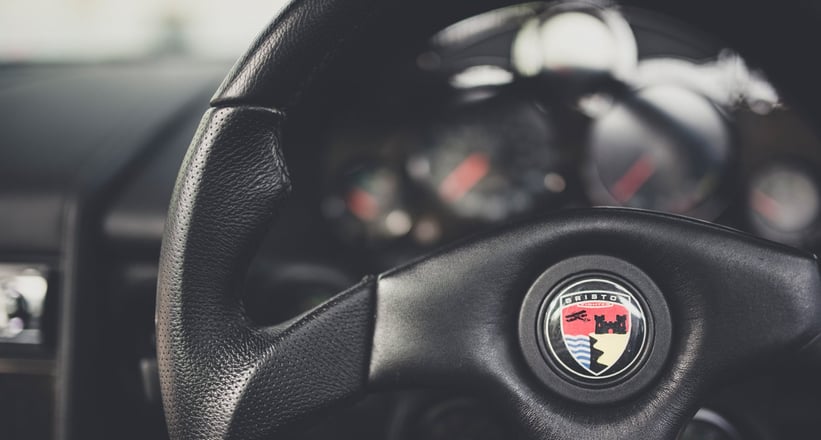
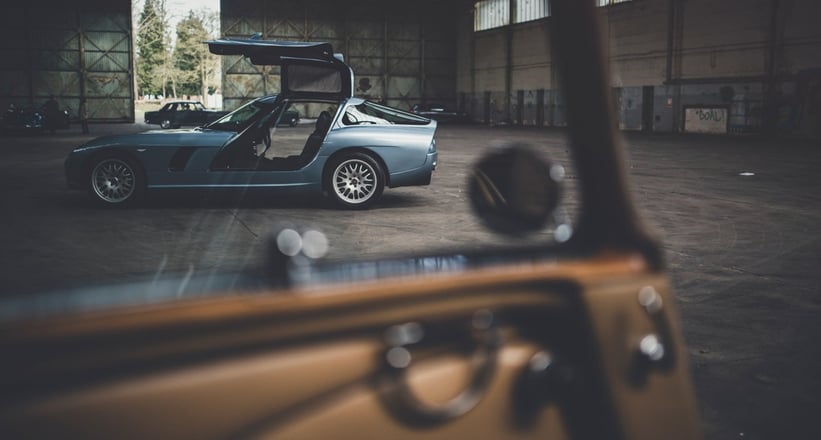
It’s by no coincidence that we’ve chosen to photograph our charming gaggle of Bristols at the site formerly known as RAF Bicester. Abandoned by the Royal Air Force in 1976 (albeit serving as a contingency hospital during the Cold War era), the site is currently being restored in order to serve a second life as Bicester Heritage: a mecca for classic car enthusiasts, with its history-steeped outbuildings housing an increasing number of dealers, restorers and other associated businesses. The large hangar now taken up by storage firm Historit once played home to a fleet of Bristol Blenheim bombers – and that’s not the only association between these two stalwarts of British aviation (and later, motoring) history.
Family fortunes

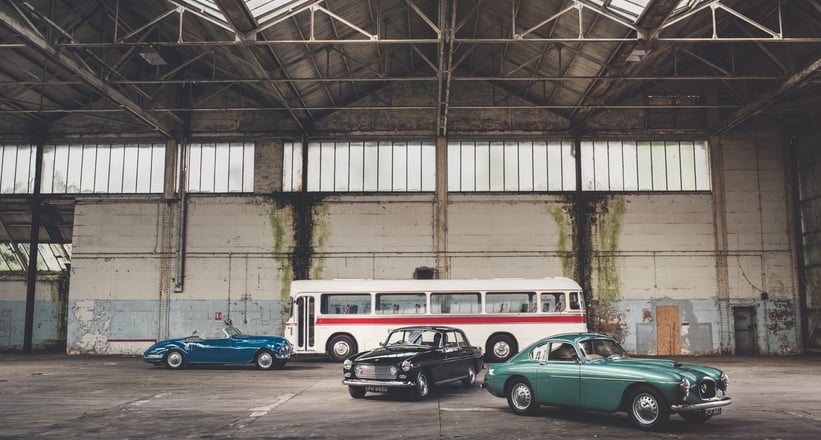

Upon arrival, we’re greeted by a cheerful young chap named Philip White. As the business development manager at Bicester Heritage, he’s no stranger to overseeing shoots at his place of work, photogenic as it is – but this one holds plenty of personal weight, as his grandfather was one George S.M. White. For those unfamiliar with the name, George was the brains behind Bristol’s move to expand into the automotive arena in the immediate post-War years. In turn, George S.M. White’s grandfather (Sir George White) was responsible for not only founding the Bristol Aeroplane Company, but also pioneering the idea of the ‘motor bus’ in the early 1900s.
The meals on the bus...
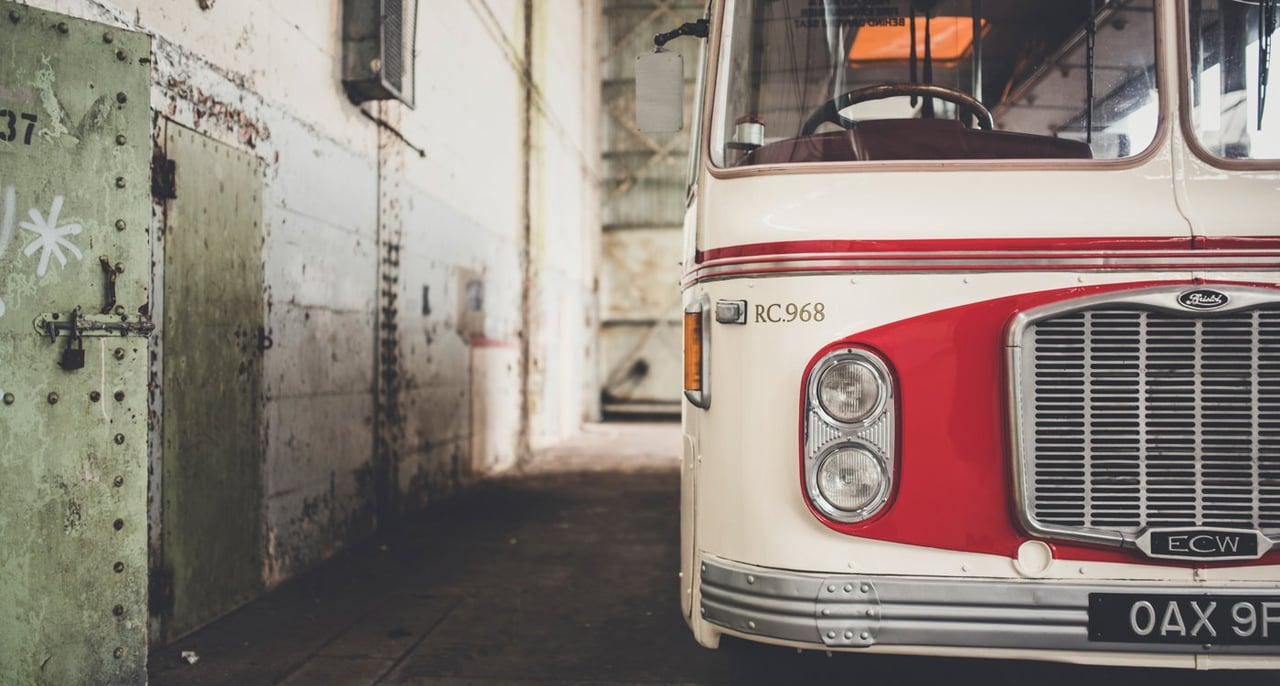
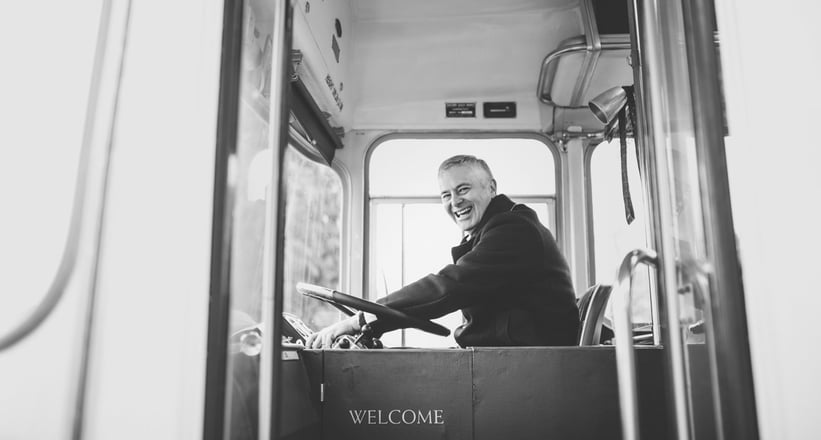
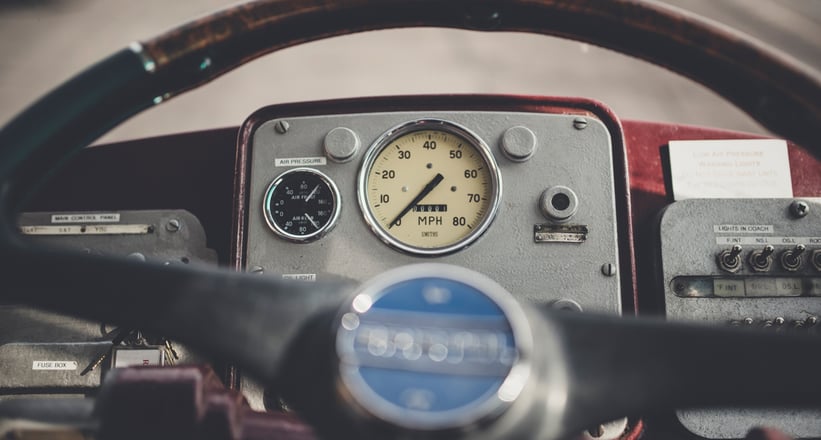
You might have been wondering why a behemoth of a bus looms large over our congregation of elegant Bristols, so, allow us to introduce you. Her name is Ruby, she was born in 1968, and she was one of a fleet of rear-engined Bristol RELH coaches each capable of a genuine 100mph, delivered new to the UK bus operator, ‘Red&White’. She’s also pretty good at hosting lunch meetings, as we soon found out. While scoffing, we discuss the demands of restoring such a vehicle with its loving owner Jonathan Radley, who remembers the exertions of removing each of its 47 timber-framed seats himself, in order for them to be re-trimmed. He also shows us some of the complementary vintage suitcases he sourced for its luggage racks from antique markets, at which point Philip discovers that one bears the name ‘George F. White’. As some say, it’s a small world…
Closed ranks? Not any more...
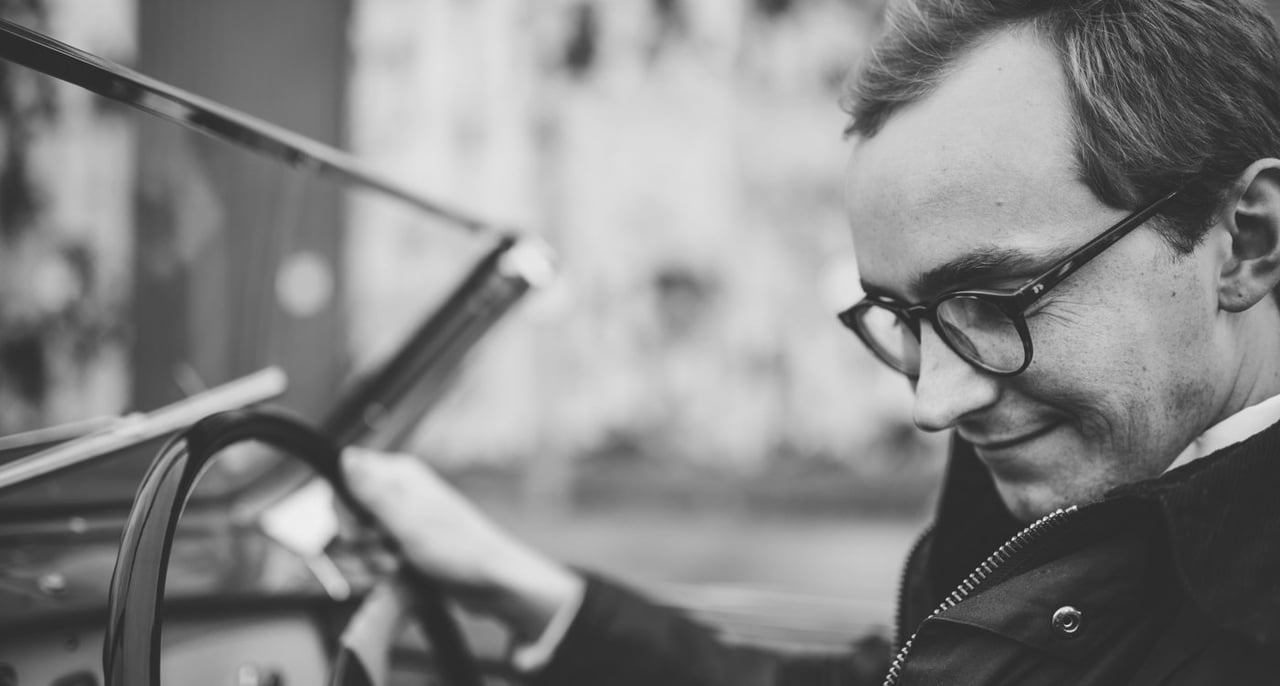
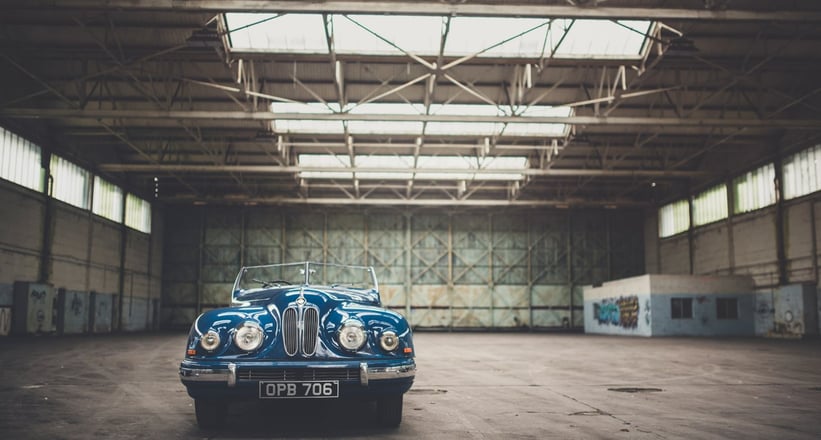
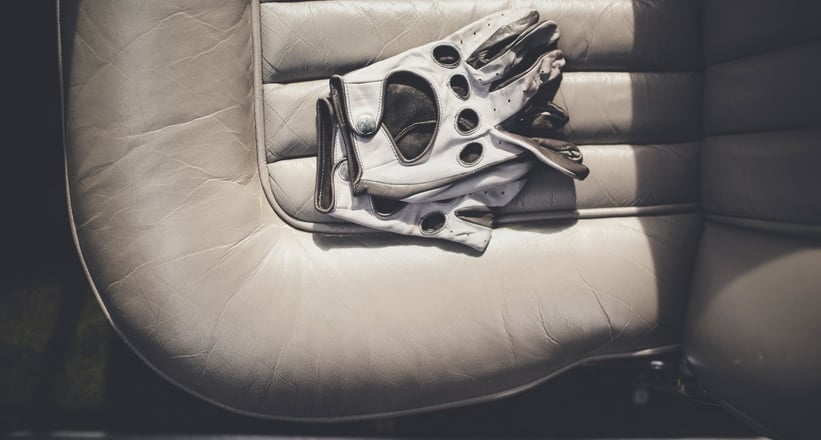
Speaking of which, the community of Bristol owners is often regarded by outsiders as one with closed ranks – a typecast perpetuated by tales of late ex-owner Tony Crook refusing to sell cars to those who didn’t meet his prerequisites. That’s simply not the case today, as Philip White explains: “In the early days, the company was very open, embracing its links to aviation and holding events, open days and suchlike. Recent years have seen the company return to this open-armed approach. In my experience, the owners are all very nice – they just appreciate the cars for their style, limited production numbers, and the company’s aviation background. Today, the company styles itself as the car division of the Bristol Aeroplane Company, which is a nice pointer to its history.” And, much to our surprise, the cars are just as approachable as the ownership circles that regard them so highly.
A gentleman’s supercar?
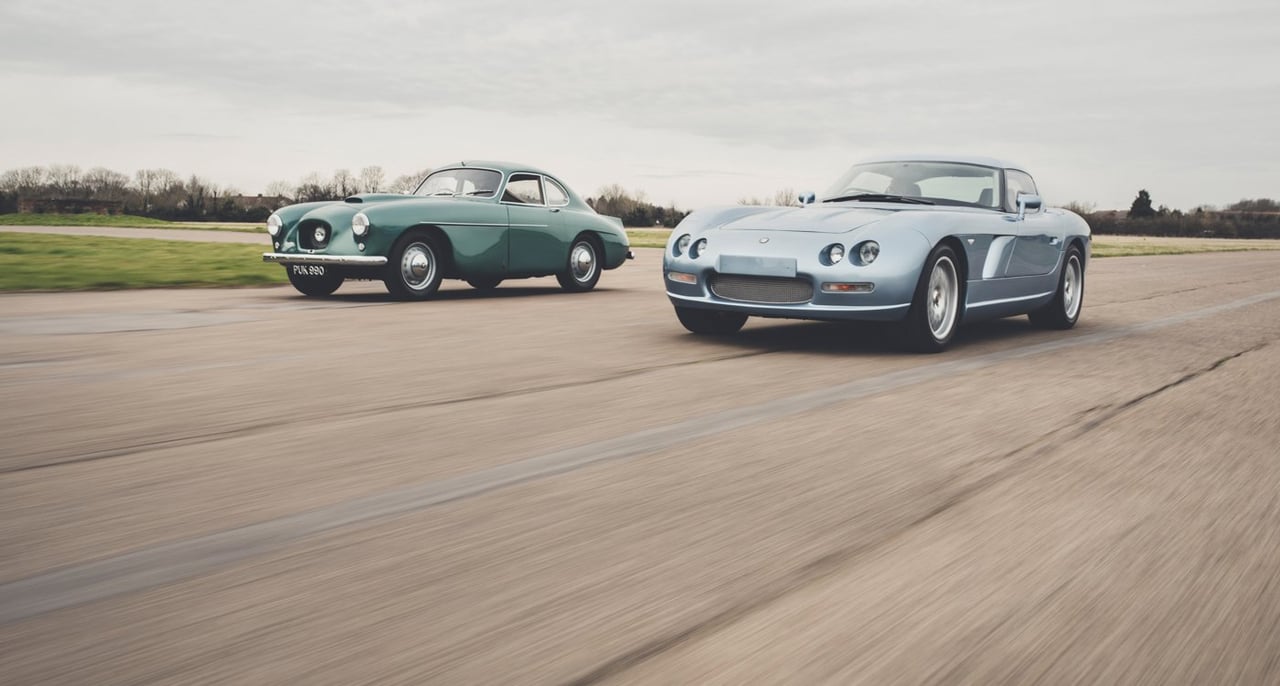
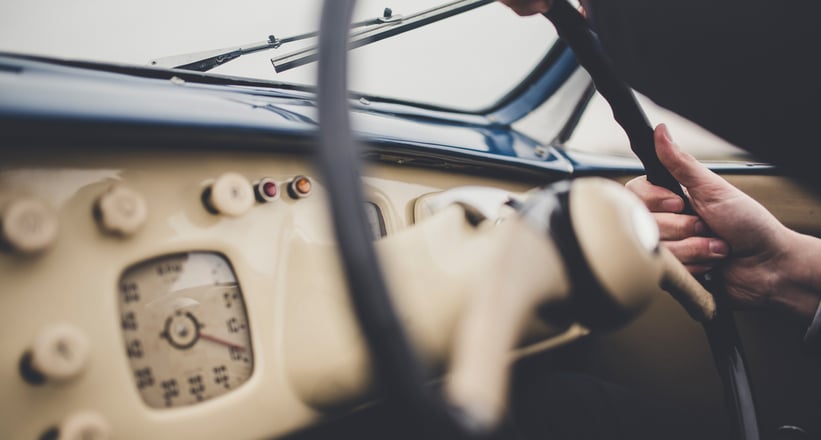
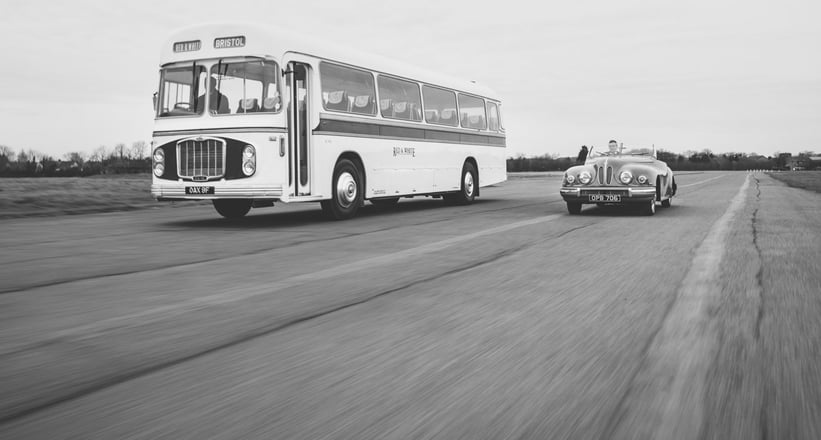
Particularly impressive is the 400 (the black car pictured), Bristol’s first production model. Despite being produced in 1949, the controls are light, the two-litre six repeatedly fires up on command, and it even has the staple quirk or two that make it a Bristol. In this case, it’s the metal chain that secures the ‘suicide’ door to the bulkhead, acting as a failsafe against you being unceremoniously ejected if the primary lock fails during a spirited hillclimb. At the other end of the chronological scale, the Fighter is equally ‘Bristol’ in character. As Bristol Cars’ sales director Ian Wallace readies its Dodge Viper-sourced V10 engine, we prepare ourselves for auditory Armageddon – but in true understated Bristol style, our ears are met only by a subtle thrum that conceals the promise of its abundant power. Perhaps the only gentleman’s supercar of the Noughties?
Ever-widening appeal
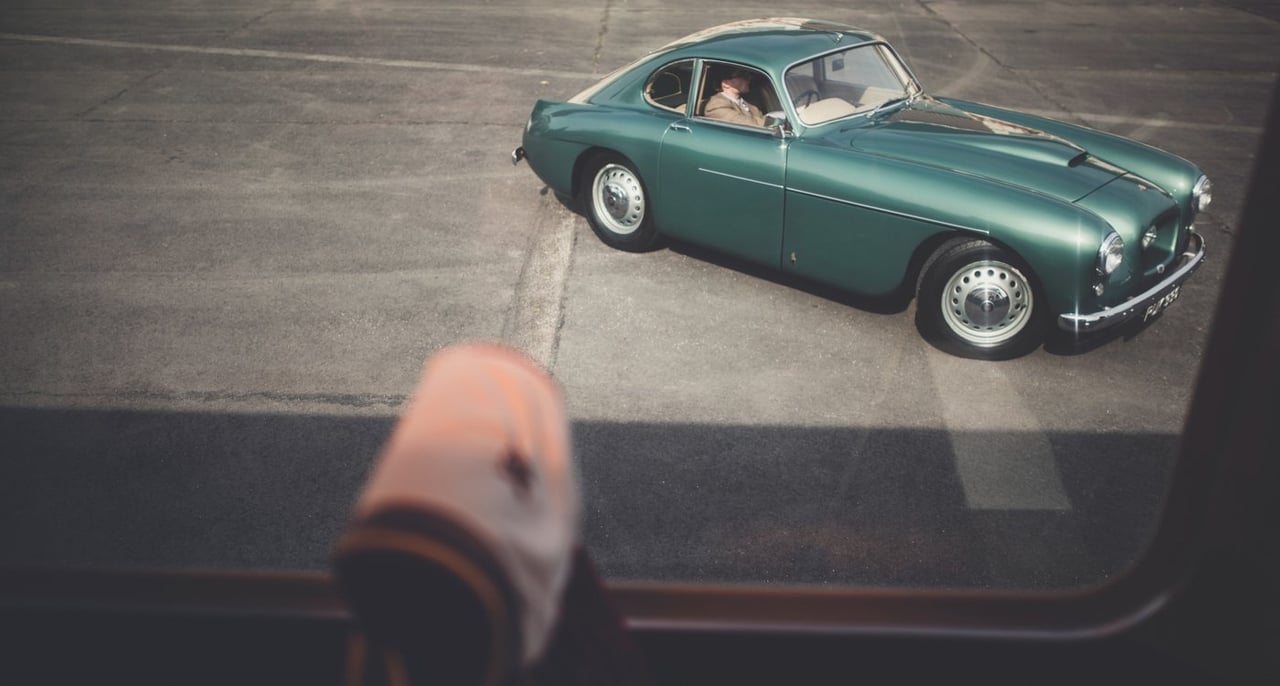
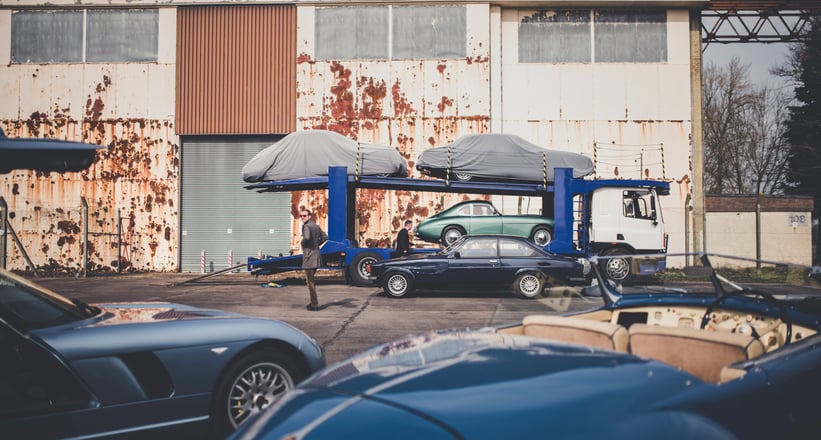
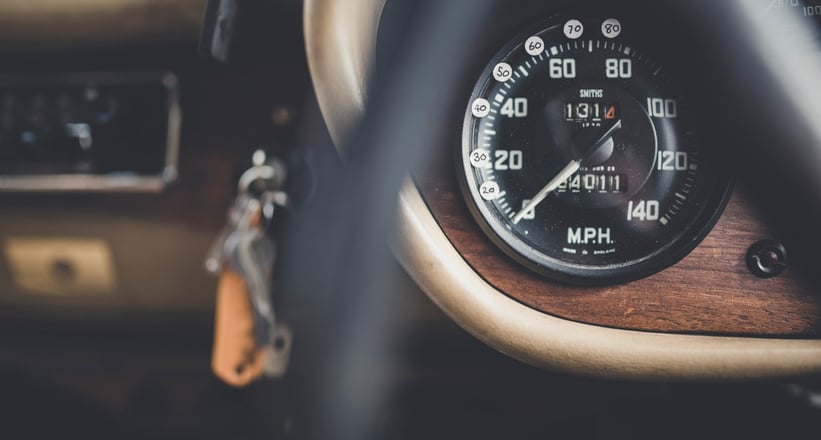
As we marvel at the characterful assemblage, Philip ponders whether the charm of classic Bristols might soon widen their appeal. “I think the elegant, understated and sometimes quirky look of the cars will increasingly appeal to a younger generation in the coming years. Take the 1960s V8s – they represent incredible value for money, and possess a rare appeal in comparison to more mainstream marques. For example, the outlay required to buy a 964 or 993 Porsche 911 could get you a golden-era, ‘best-of-British’ Grand Tourer with four seats, plenty of comfort, and bags of power. Personally, I’d love to smoke around London in a 1968 410.” With that, he takes a look at his 1940s Omega (the very watch his grandfather wore as the first 400s rolled off the production line), giving us the universally recognised ‘it’s getting late…’ signal. Our time might be up, but we have the feeling the allure of Bristol ownership will prosper long into the future.
Photos: © Amy Shore for Classic Driver




















































































